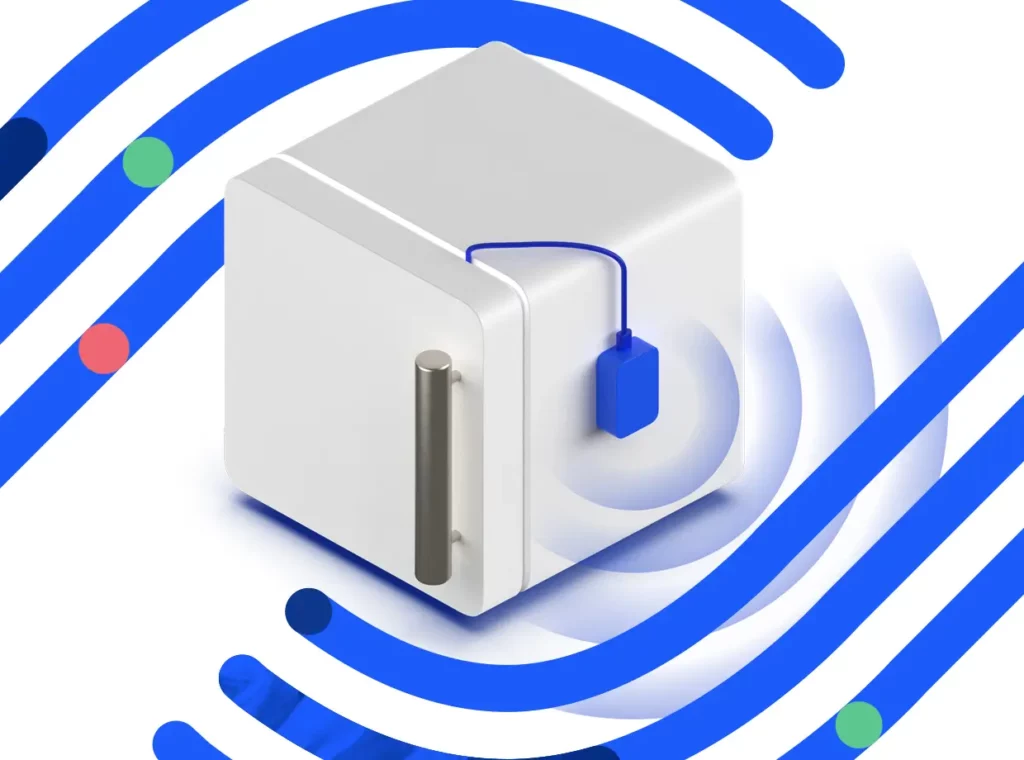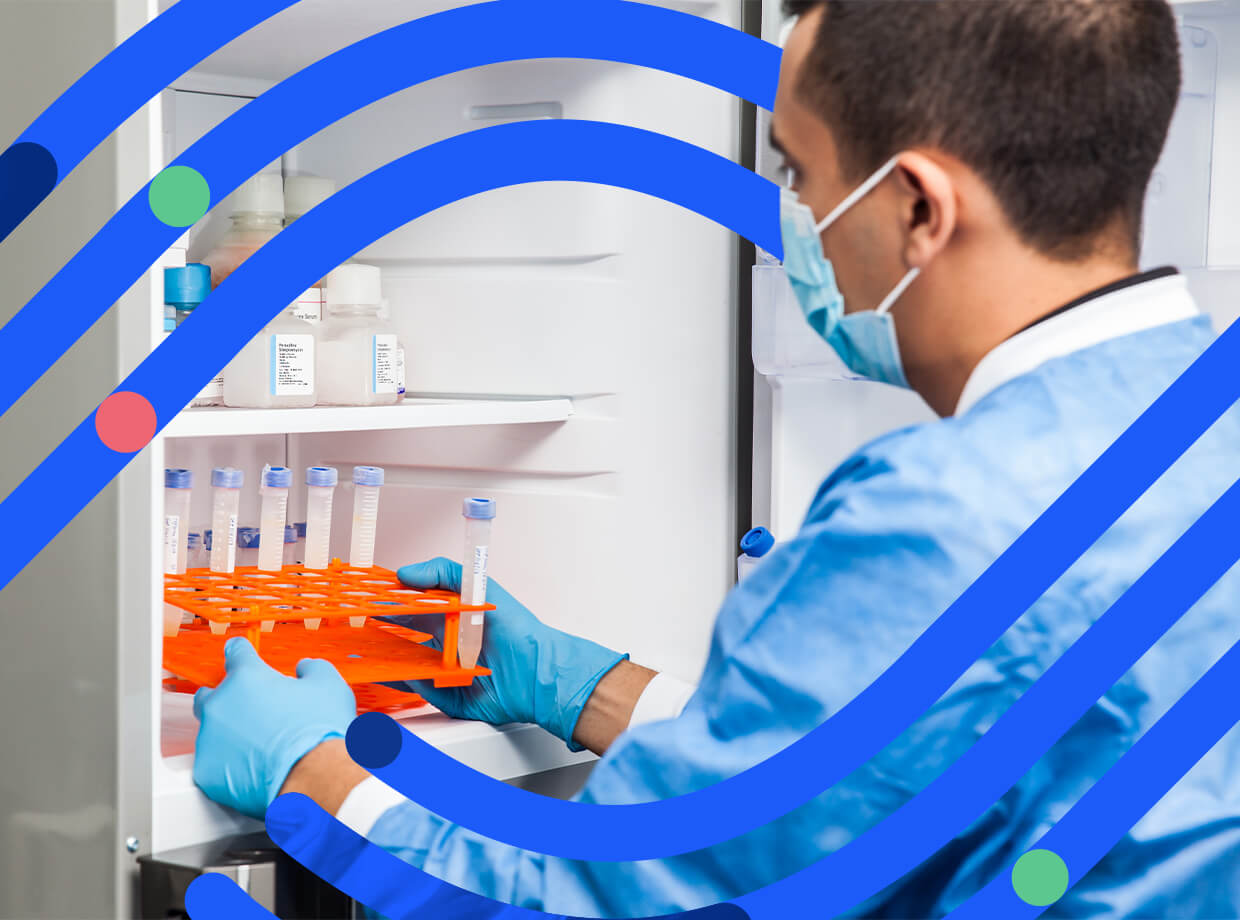Ensuring Optimal Performance and Safety With Advanced Freezer Monitoring
Reliable cold storage is the backbone of many life sciences operations, ensuring the safety and efficacy of sensitive materials. Our cold storage monitoring technology provides unparalleled data accuracy, equipment reliability, and peace of mind. Plus, with Floorplan visualization, you can monitor freezer status and alerts directly on an interactive map of your facility, making it easier to pinpoint issues and optimize operations. With a focus on flexibility, ease of installation, and advanced data analytics — including artificial intelligence (AI) — our systems secure your valuable assets 24/7.

Cold Storage Monitoring Technology to Safeguard Your Science
Reliable cold storage is critical for maintaining the integrity of biological samples, pharmaceuticals, and other temperature-sensitive materials. Deviations in storage conditions can lead to compromised quality, safety, and significant financial losses.
From -80° ultra-low temperature (ULT) freezers to -20° units, our system:
Features of Freezer Solutions
Our IoT-enabled cold storage monitoring hardware and software solutions offer key benefits that are tailored to the unique needs of life sciences operations:
Comprehensive Monitoring Capabilities
Our cold storage temperature monitoring system offers extensive capabilities:
Tailored Solutions for Your Unique Needs
Every life sciences operation is unique, and so are your cold storage requirements. Whether you’re managing a small research lab or a large manufacturing facility, our team works closely with you to design and implement a customized solution that matches your exact needs:
Implement Superior Cold Storage Monitoring Technology With Elemental Machines
Investing in future-ready cold storage temperature monitoring is essential for protecting your critical assets and ensuring operational excellence. Discover how Elemental Machines’ solutions can enhance your storage capabilities and safeguard your science.

